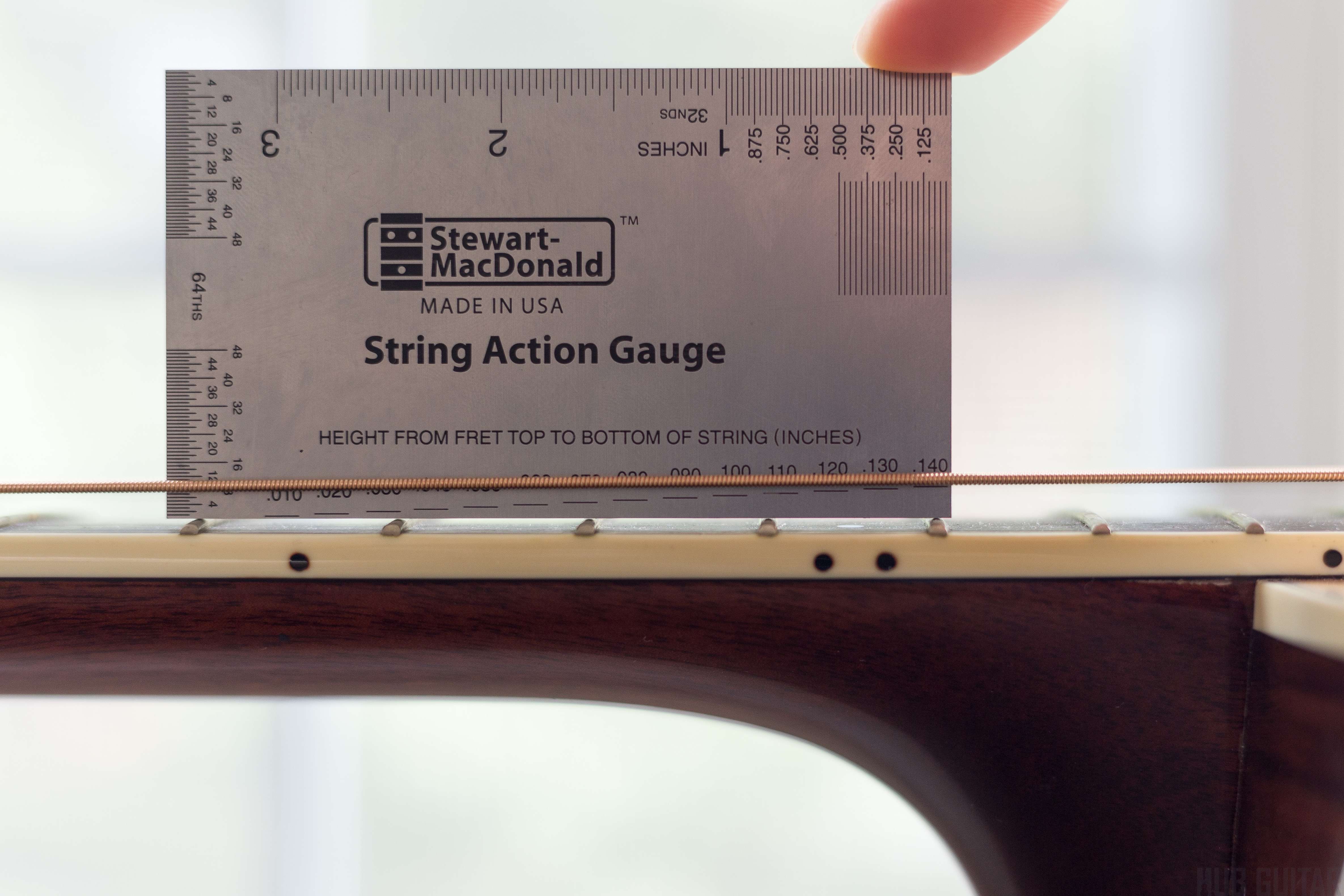
Which way you turn a truss rod depends on the desired effect. Two-way truss rods have adjustment points (nuts) at each end. Uniquely, dual-action truss rods can create relief with or without string tension. Dual Action Truss RodĪ dual-action, aka double-action, truss rod enables you to make neck adjustments in both directions (up or down). The purpose of this is generally to counteract the tension of the strings to straighten the neck. This results in the neck being forced to bow backward. These rods are designed to be tightened, thereby increasing pressure on the back of the neck. Single-action truss rods are the most common truss rod in commercially manufactured instruments. The two common truss rods are a Single Action Truss Rod and a Dual Action Truss Rod. 2įor this article we’re going to disucss the two most common types of truss rods used for electric guitars and bass guitars. European luthier Marguerite Pastella, of Fret Not Guitar Repair, identified five types of truss rods commonly used in building electric and acoustic guitars. How many types of guitar truss rods are there? There are many types of truss rods for acoustic and electric guitars. A possible repair option is to buy a replacement but this is not cheap and brings yet another set of issues. The cost to replace a guitar truss rod is usually between $400 to $700, depending upon the type of guitar and where you live.

Most broken truss rods can be repaired, however the cost to repair a broken truss rod is often more than the value of the guitar. This force effectively becomes torque that shears (twists off / breaks) the rod or the adjustment nut. What happens if you overtighten a truss rod? As you overtighten a truss rod you move toward applying more force than it can tolerate. Turn the nut clockwise to tighten the rod.” 1 Tightening the truss rod is done to correct upbow. This reduces relief, lowering the string action (height of the strings over the frets). The website describes it in this manner, “This straightens an up-bowed neck, pulling the peghead away from the tension of the strings. Tightening a truss rod (turning clockwise) increases compression, thereby pushing the center of the neck toward the strings. Loosening the truss rod is done to correct backbow. Loosening a truss rod (turning counter-clockwise) adds relief to (decreases tension on) the neck which results in increased (higher) string action height. The types of forces that act on a truss rod are compression, tension, and torque. Why does truss rod strength matter? When adjusting a truss rod, in either direction, you are changing the force applied to the rod. The variances in steel composition, rod diameter, and manufacturing quality result in wide differences in the strength of any truss rod. All truss rods are made of steel, however the composition of the steel used is not the same. You’re dealing with an engineered system and need to understand truss rod design and how a truss rod works.Īll guitar truss rods are alike only with regards to their intended function, to adjust neck relief.

Understanding Your Truss RodīEFORE YOU DO ANYTHING TO YOUR TRUSS ROD you need to have a reasonably good understanding of truss rods. Adjusting a guitar truss rod is a key part of maintaining optimal playability.

No matter how i adjust action strings always touch 1st fret how to#
Guitar Truss Rod Adjustment Guide This article provides a top-level view of how a truss rod works and how to adjust a truss rod.


 0 kommentar(er)
0 kommentar(er)
